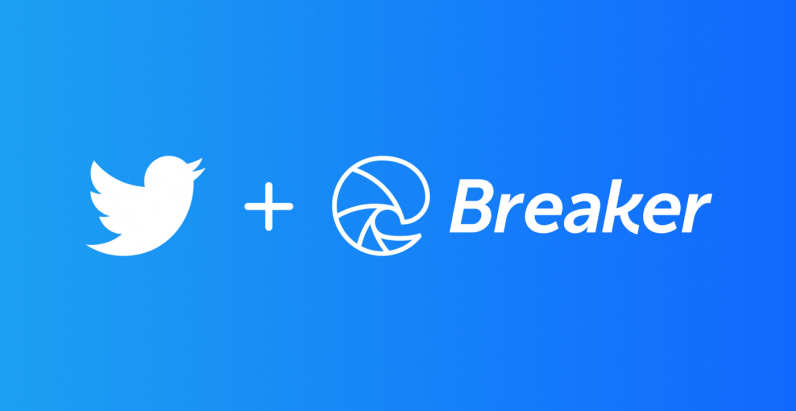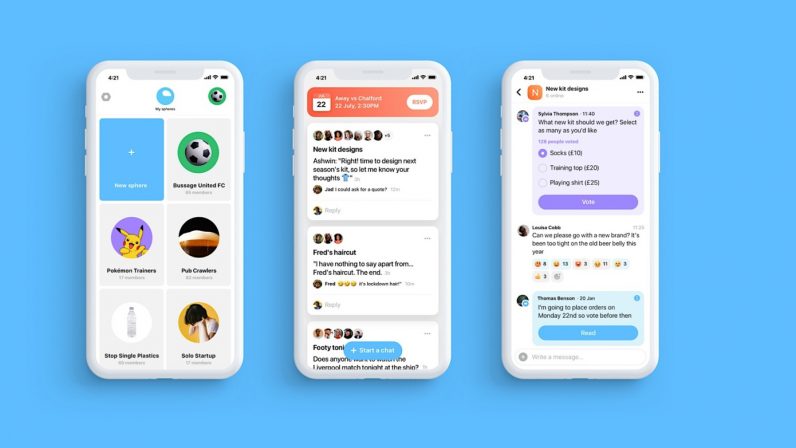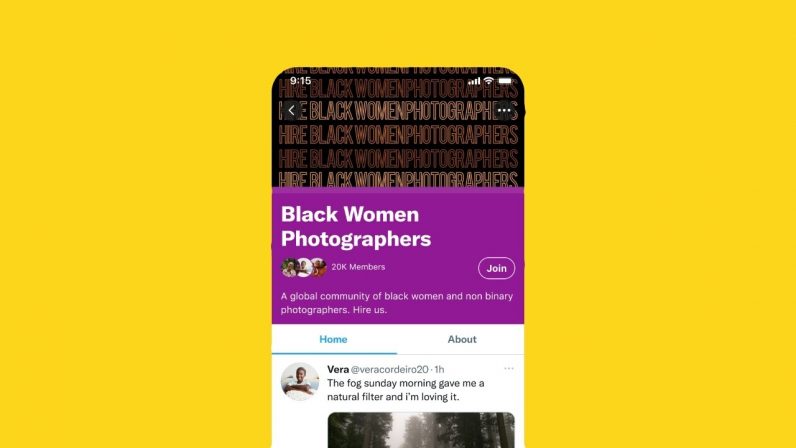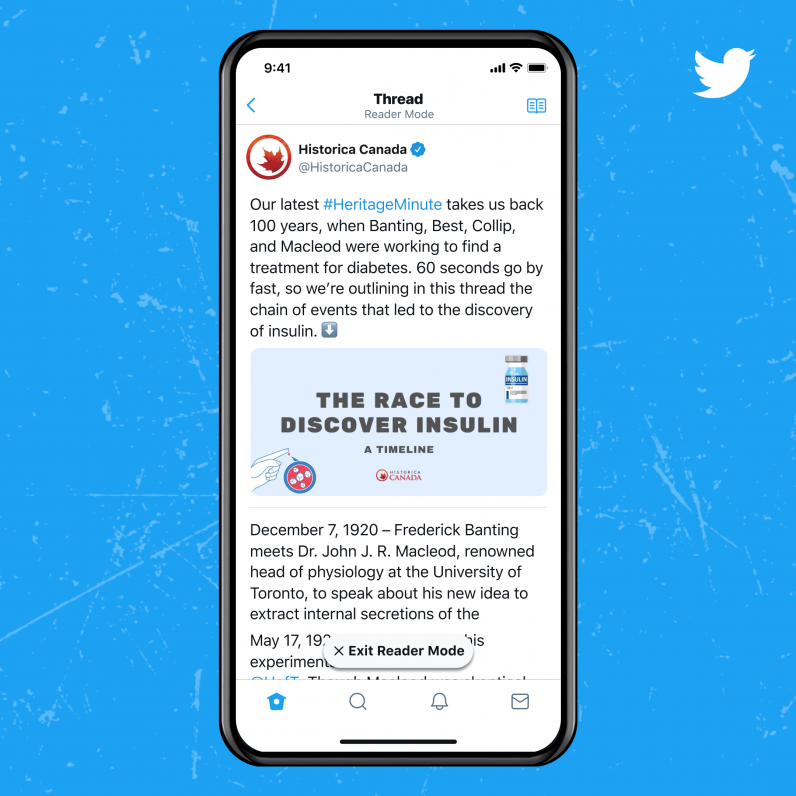Apart from this, the company acquired at least seven startups this year — the most in the last five years. These firms can be key to how Twitter will shape up as a social network in the next year. Before we take a look at how the acquired startups will play a role in Twitter’s growth, let’s see what they do.
What startups has Twitter acquired this year?
Breaker: A social podcasting app for discovering podcasts by following people. You could also comment and like specific episodes to strike up a conversation with fellow fans. Instead of buying the app, it acquired Breaker’s staff.
Ueno: A creative agency that specializes in product design and user experience design. Past clients include including Google, Facebook, Uber, and Twitter itself. Drivescale: A data infrastructure firm. It might not play a direct role in product development but find use elsewhere within Twitter. Revue: A newsletter company that rivaled Substack. At the time of acquisition Revue’s fees for the newsletter subscriptions were 6%, as compared to the 10% fees charged by its main competition. The service has now been integrated into Twitter. Sphere: A London-based group chat app, which facilitated conversations within communities around interests like football clubs and TV series.
Threader: Twitter threads often make for good reading, and the best ones have the potential to go viral. But it wasn’t always easy to read long ones. Threader was one of the bots that presented these threads in a simple article-like format. Quill: A Slack competitor for more focused conversations, with the ability to spin off threads into a separate chat.
How are these acquisitions shaping Twitter?
This year one of the prominent Twitter products that surfaced is Spaces — its Clubhouse competitor for live audio. After launching it in the test phase last year, the company slowly opened it up for everyone. Spaces has introduced features such as adding topics to the session, hosting ticketed sessions, and most recently, allowing users to record sessions for later listening. This comes after Clubhouse rolled out its own Replay feature in October. The Breaker team might have played a part in building some of these functions. While operating independently, Revue has tried to integrate its features into Twitter. In October, it announced users can directly subscribe to newsletters from tweets on their timeline. Plus, you can show your newsletter directly on your profile, making it easier for readers to subscribe to it. Last month, Substack hit 1 million paid subscribers. Revue could also hope to achieve that with Twitter’s reach.
Starting today, your followers can subscribe to Revue newsletters directly from Tweets in their timeline. This is already enabled for all Revue writers on desktop and mobile web, with iOS and Android to follow soon. ✨ pic.twitter.com/6eBxvGWyxH — Revue (@revue) October 22, 2021 Madalyn Sklar, a Twitter marketing expert based in Houston said, “Revue is giving creators a different way to deliver newsletters, no matter how large their platform is or what field they’re in.” In September, Twitter launched Communities — a subreddit-like feature that helps connect people sharing similar interests. Since the launch, the company has launched a few country-specific groups, such as a Cricket community for fans of the sport in India. While there’s no existing chat feature in the community, Twitter can easily tap into Sphere’s expertise to bake in a messaging feature. Talking of messaging, the Quill acquisition could be key to finally making Twitter DMs more useful. Matt Navarra, a UK-based social media consultant and former TNWer, said we might soon see new DM-related features, aimed at individuals and enterprises: He noted that we can see Twitter importing features from other messaging apps such as quick replies, and separation of business and personal messages. In an interview with The Verge, Twitter’s new CEO, Parag Agarwal, said that “The opportunity around DMs is really key.” So we can expect some changes soon. In June, Twitter rolled out its subscription service, called Twitter Blue, in Australia and Canada— costing $3.49 CAD or $4.49 AUD ($2.74USD). Apart from an ad-free experience, one of the key features you get with this subscription is a reader mode to go through long threads in a nice format. This is powered by… you guessed it right, Threader.
More than just a live feed
Being a live feed for information, news, and entertainment has been Twitter’s forte for a long time now. But its recent product announcements and acquisitions suggest that the company wants its users to be more engaged, rather than just scrolling through tweets. Skalar said that Twitter’s acquisitions can bring a lot of people back to the platform: Ed Zitron, the founder of media relations agency EZPR, thinks that Twitter wants to own “own, on some level, all forms of a live broadcast” and become the best “as it happens” social network. Well, it’s already one of the best places to get news quickly with tweets and Periscope-powered live videos. So I can imagine it trying to attack other media spaces like audio with full force. Notably, Twitter has made it easy to become a publisher. Now, you can broadcast your knowledge through live audio, encourage people to subscribe to your newsletter, and even let them tip you for your work. With a new CEO and a new direction, Twitter can finally achieve some much sought-after user base growth. So what’s next? A crypto startup acquisition?



